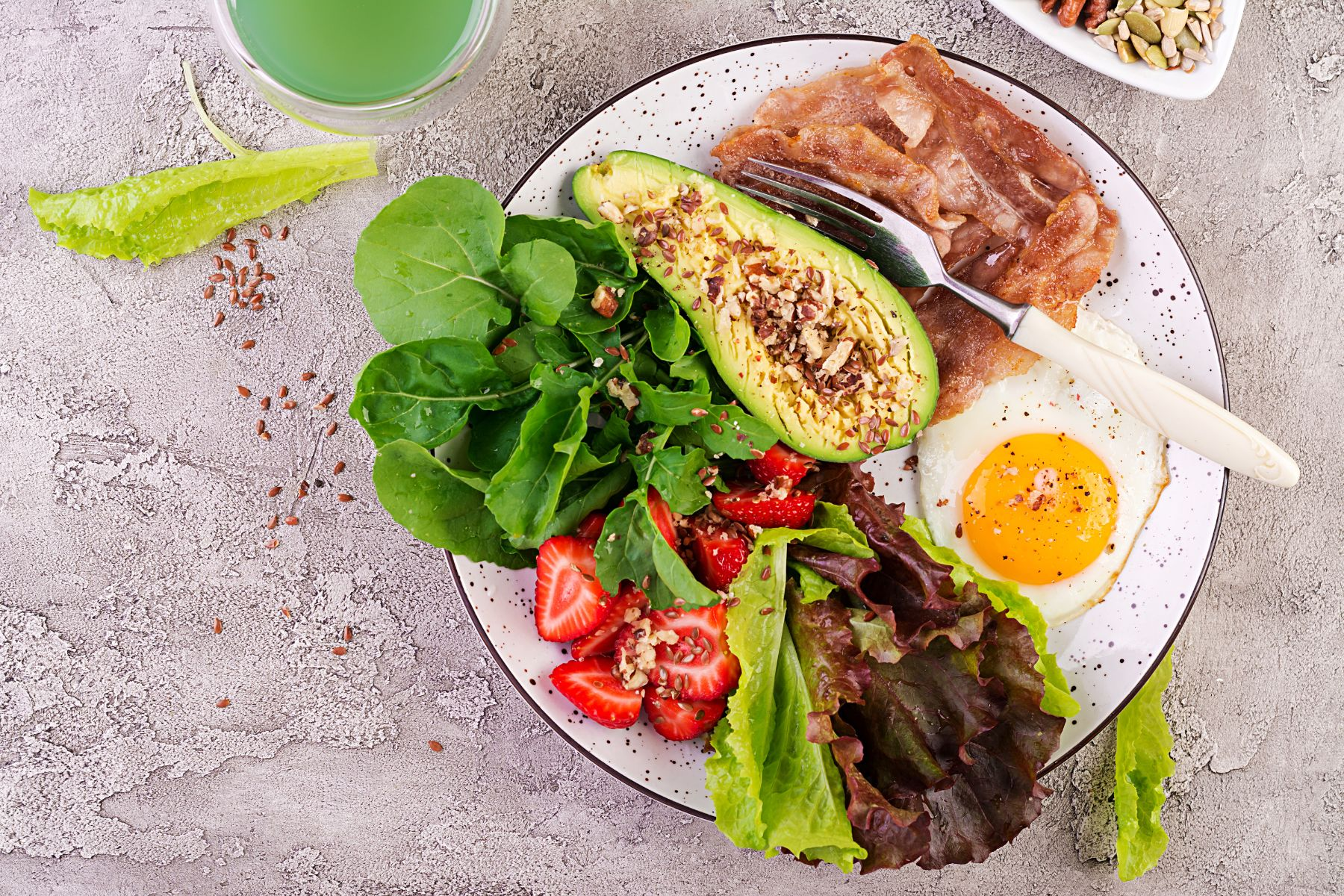Design on a Plate: The Contemporary Magic of Modernist Plating
Introduction
In the dynamic world of culinary arts, dish presentation has transcended conventional boundaries, evolving into the realm of contemporary plating. This culinary metamorphosis involves chefs employing innovative techniques and avant-garde styling to create visually appealing masterpieces. "modernist plating" is the encapsulation of this revolution, highlighting the fusion of flavors and aesthetics that transforms a dish into a gastronomic expression.
Whether in a fine dining restaurant or a home kitchen, the right plate serves as the stage for this culinary symphony, with the main dish assuming a central role. This exploration delves into progressive plating methods, celebrating artistic innovation and thoughtful presentation that elevates each element on the plate, contributing to the delicate balance of flavors and aesthetics in contemporary culinary artistry.
The Essence of Modernist Plating
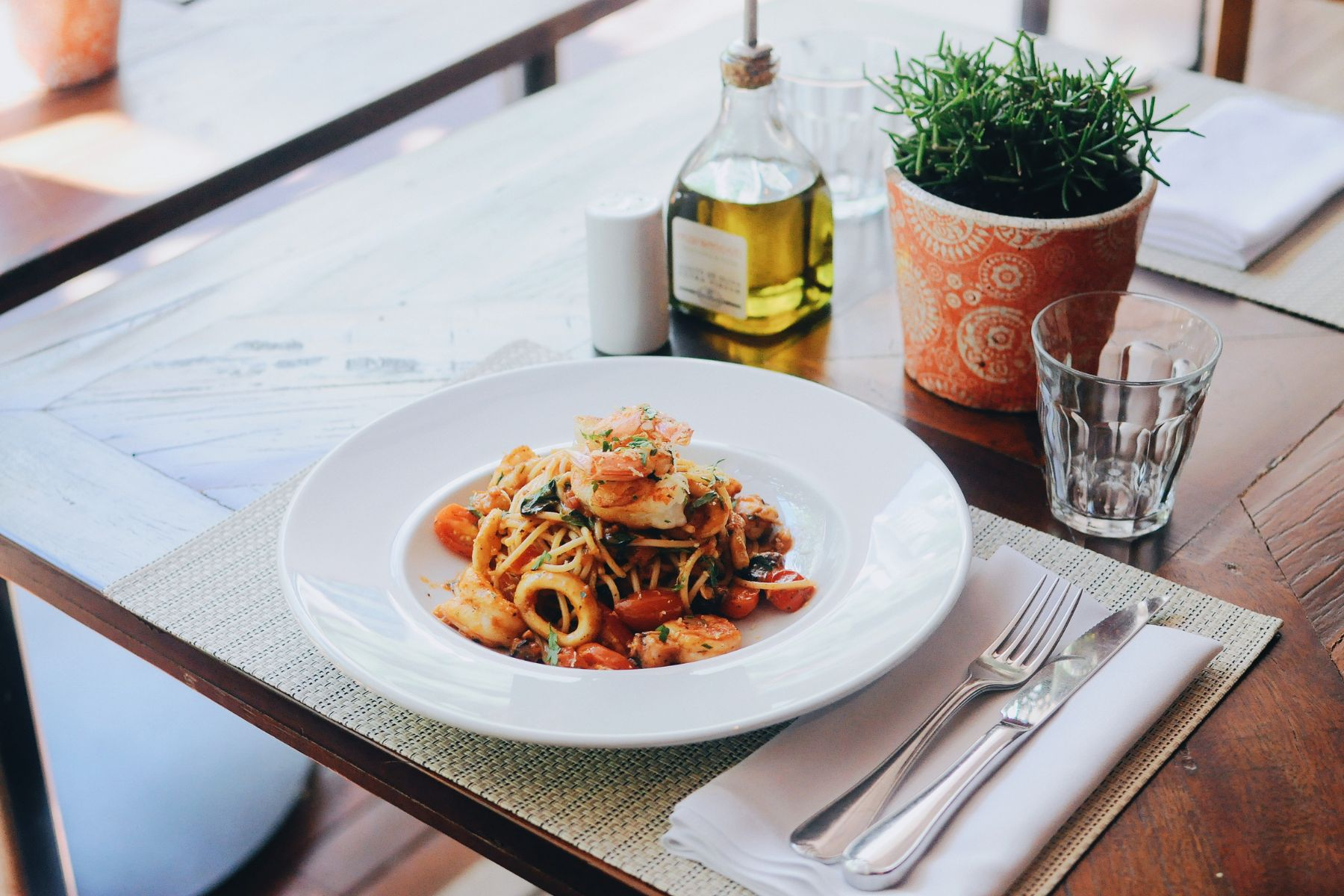
Unraveling the Basics: Understanding the intricacies of contemporary plating goes beyond the conventional notions of arranging food on a plate. The term "plating food" now signifies a culinary revolution, where chefs experiment with avant-garde techniques and styles to create visually appealing and tastefully crafted dishes. Decoding these modern plating techniques reveals a world where the culinary arts and visual aesthetics converge seamlessly, giving rise to a symphony of flavors and design on each plate.
The Visual Symphony: Visual appeal is a cornerstone of modern plating, where brightly colored foods and delicate items take center stage in creating visually stunning dishes. Incorporating top food plating techniques, chefs experiment with creative plating, elevating the dining experience to new heights. It's a celebration of the art of plating, where each element, from the main item to supporting elements, contributes to the overall visual interest of the dish.
The Role of Color and Texture: As we explore the essence of modern plating, the importance of color and texture becomes apparent. Chefs not only consider the taste but also the visual contrast and appeal of the finished plate. The arrangement of elements, thoughtfully placed using food arrangement techniques, contributes to the overall aesthetic of the dish. From edible flowers to precisely sliced meat, each component adds its own visual element, turning the plate into a canvas of culinary creativity.
Mastering Modernist Plating Techniques

Foundations of Plating: Plate presentation techniques form the cornerstone of mastering modernist plating. Chefs delve into the intricacies of these techniques, recognizing that the arrangement of food elements plays a pivotal role in elevating the dining experience. Visual plating techniques, such as the artful placement of ingredients and the meticulous drizzling of sauces, become essential skills in the chef's repertoire. It's not just about plating food; it's about creating a culinary masterpiece that captivates both the palate and the eye.
Creative Flair: As we explore the foundations, sauce plating techniques emerge as an art form in themselves. Chefs deftly use squeeze bottles to add intricate designs, transforming the plate into a canvas where taste meets visual appeal. Garnishing techniques further enhance the dish, incorporating edible flowers, chopped herbs, and other elements that contribute to the overall visual interest. It's a celebration of culinary creativity, where the combination of plating tools and precise shapes results in a well-plated dish that tells a story on its own.
Diverse Approaches to Modernist Plating: Beyond the foundational techniques, chefs explore diverse approaches to modernist plating. Classic plating methods offer a nod to tradition, while free form plating unleashes creativity without constraints. Landscape plating takes inspiration from artistic principles, creating visually stunning dishes reminiscent of a painting. Chefs adept in these techniques understand that the choice of plating method can significantly impact the diner's point of view, turning a meal into a memorable culinary journey.
The Tools of the Trade: Crafting culinary art requires the right tools, and plating tools play a crucial role in the chef's creative process. From pastry bags for precise shapes to squeeze bottles for controlled drizzles, these tools become extensions of the chef's hands, allowing them to bring their culinary vision to life. As we delve into the diverse world of plating food, it becomes evident that the tools of the trade are as important as the culinary techniques themselves.
Elements of a Well-Plated Dish: Balancing flavors and aesthetics requires a keen understanding of the elements on the plate. The main item, supported by carefully chosen elements, takes center stage, creating a focal point for the diner. Plate selection becomes an art in itself, with chefs considering not just the portion size but also the overall aesthetic impact. In the world of modernist plating, every element, from the choice of plate to the arrangement of ingredients, contributes to the creation of a visually appealing and well-plated dish.
Diverse Approaches to Modernist Plating
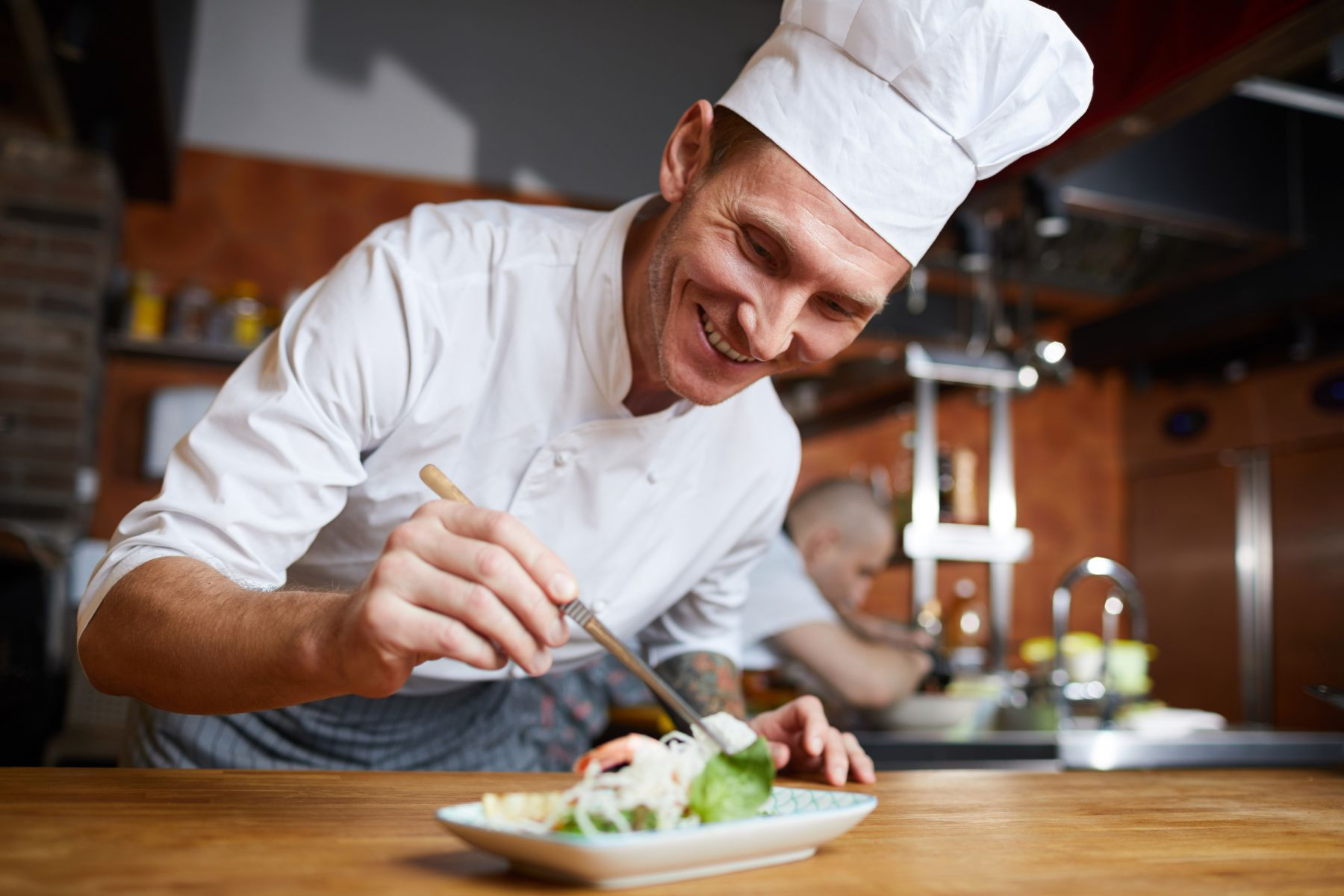
Innovation on the Plate: The world of modernist plating is a canvas where chefs unleash their creativity through diverse approaches, offering a departure from traditional norms. Classic plating methods, reminiscent of fine dining restaurants, pay homage to culinary traditions, bringing a sense of familiarity to the dining experience. These methods, often involving carefully arranged elements on white plates, create a visually pleasing and aesthetically pleasing presentation that resonates with the diner's expectations.
Free Form Plating Unleashed: On the opposite end of the spectrum, free form plating breaks away from constraints, allowing chefs to sculpt culinary masterpieces without predefined boundaries. This innovative technique encourages chefs to think outside the plate, utilizing negative space and different shapes to create visually striking presentations that defy traditional norms. The result is an exploration of culinary artistry, where every dish becomes a unique expression of the chef's creativity.
Landscape Plating: Drawing inspiration from artistic principles, landscape plating transforms the dining experience into a visual journey. This approach involves arranging elements on the plate to resemble a landscape, offering diners a multisensory experience that transcends taste. Chefs adept in landscape plating skillfully use bright colors, edible garnishes, and meticulous food placement to create dishes that are not just visually stunning but also evoke a sense of culinary storytelling.
Japanese Kaiseki: Delving into the world of modernist plating reveals the influence of Japanese Kaiseki, a culinary tradition that harmonizes taste and presentation. This approach emphasizes the importance of visual contrast, delicate items, and thoughtful presentation, creating dishes that are not only a treat for the taste buds but also a feast for the eyes. The use of white plates, precise shapes, and a focus on visual interest exemplify the meticulous nature of Japanese Kaiseki.
The Tools of the Trade
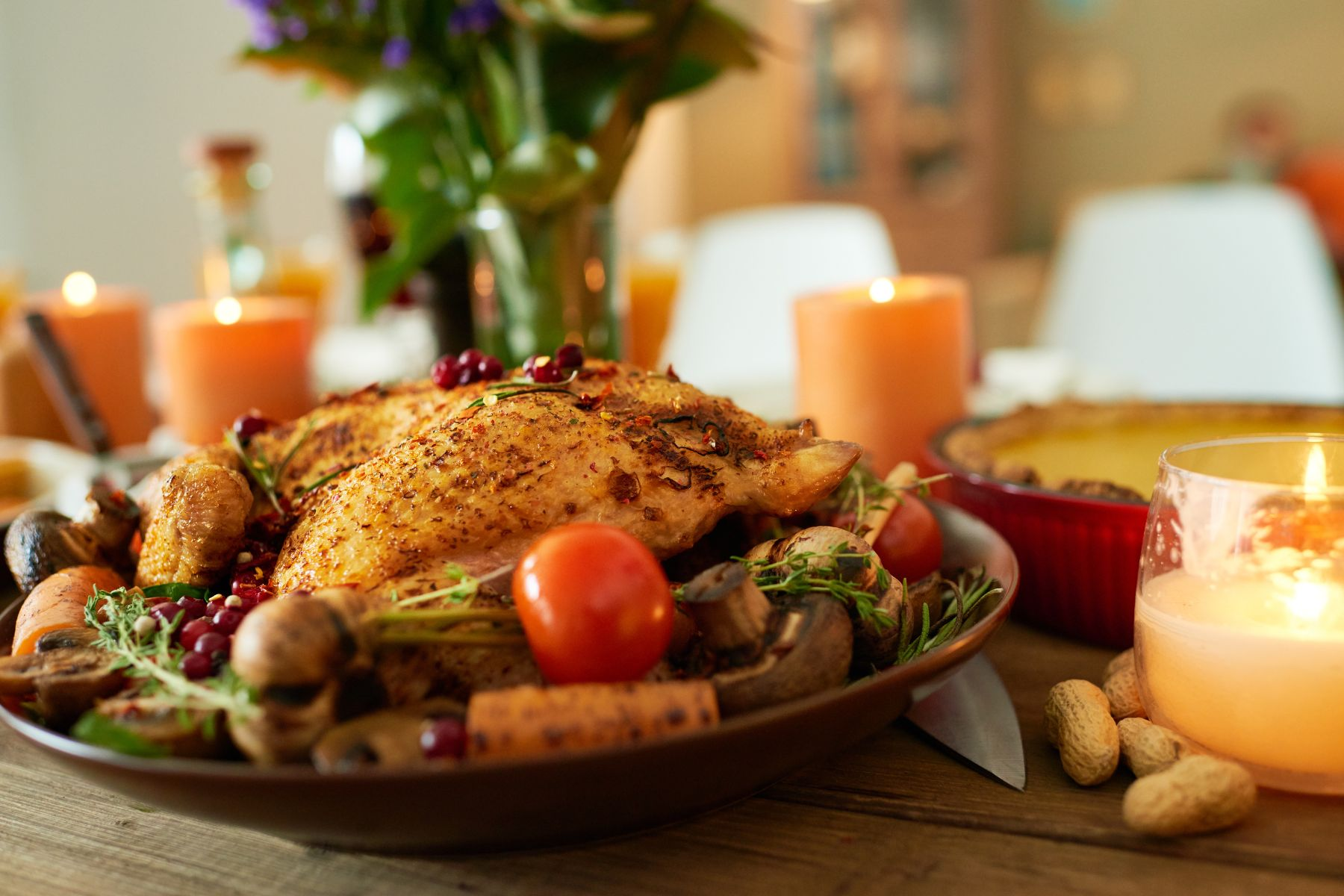
Crafting Culinary Art: In the realm of modernist plating, chefs wield an arsenal of plating tools that are as crucial to their craft as knives and pans. Pastry bags, akin to artistic brushes, allow for precise shapes and delicate designs. Squeeze bottles, the sculptors' tools of choice, grant chefs the ability to control the flow of sauces, turning each dish into a canvas for gastronomic artistry. As these tools become extensions of the chef's hands, the process of plating food transforms from a routine task into a creative expression of culinary mastery.
Essential Plating Tools: A culinary artist's toolkit is diverse and purposeful. Pastry bags, with their ability to dispense sauces and purees with precision, are indispensable for creating visually appealing designs. Squeeze bottles, filled with vibrant sauces, add layers of flavor and aesthetic charm to the plate. Whether it's the use of decorating brushes to delicately apply sauces or the careful arrangement of sliced meat using specialized tools, each instrument contributes to the meticulous construction of a well-plated dish.
The Role of Plating Tools: Plating food goes beyond the mere act of placing ingredients on a plate; it's a symphony of techniques and tools working in harmony. The choice of tools influences the visual contrast, the placement of elements, and the overall presentation of the dish. In the world of modernist plating, the judicious use of tools allows chefs to play with different shapes, experiment with negative space, and create dishes that are not only a delight to the taste buds but also a feast for the eyes.
Sculpting Culinary Masterpieces: Just as an artist selects brushes and paints, a chef chooses plating tools to bring their culinary vision to life. From pastry bags creating precise shapes to squeeze bottles adding the finishing touches, these tools are essential in transforming a dish from ordinary to extraordinary. The process becomes a form of culinary sculpting, where chefs mold each plate into a masterpiece that not only tastes exceptional but also captivates with its visual appeal.
Elements of a Well-Plated Dish

Balancing Act: Achieving a well-plated dish is an intricate dance of flavors and aesthetics, where each element plays a crucial role in creating a harmonious culinary experience. The main item, carefully selected for its taste and visual appeal, assumes the role of the focal point—the star of the culinary show. Supporting elements, chosen with thoughtful consideration, provide balance and depth to the overall composition, ensuring that every bite is a delightful journey for the diner.
Plate Selection: In the art of plating food, the choice of plate is not arbitrary; it's a deliberate decision that sets the stage for the culinary presentation. Chefs understand that the right plate size influences portion size and the overall aesthetic impact. White plates, with their clean and classic appearance, often serve as a canvas for the vibrant colors and intricate details of the dish. It's a conscious selection that enhances the visual contrast and contributes to the overall presentation of the culinary creation.
Arrangement Techniques: Food arrangement techniques are the brushstrokes on the canvas of a well-plated dish. Chefs, much like artists, employ a variety of techniques to create visual interest and appeal. Experimenting with different shapes, negative space, and off-center placements, they elevate the dish from mere sustenance to a thoughtful presentation. The diner's point of view is carefully considered, ensuring that each element contributes to the overall visual contrast and interest, turning a meal into an aesthetically pleasing experience.
Main Item and Supporting Elements: At the heart of every well-plated dish is the main item—an exquisite centerpiece carefully positioned to capture attention. Supporting elements, ranging from complementary flavors to contrasting textures, work in tandem to enhance the overall dining experience. It's a thoughtful curation of ingredients that transforms a plate into a culinary masterpiece. Whether in a fine dining restaurant or in the comfort of one's own kitchen, the combination of the main item and supporting elements creates a visually appealing and gastronomically delightful dish.
Visual Interest and Contrast: The art of plating food is a delicate balance of creating visual interest and contrast. Chefs leverage bright colors, edible garnishes, and meticulous food placement to craft a dish that not only tastes good but is also a feast for the eyes. Elements like negative space and the judicious use of white space contribute to the overall aesthetics, allowing the dish to breathe and inviting the diner to appreciate the nuances of the presentation.
Culinary Creativity Unleashed
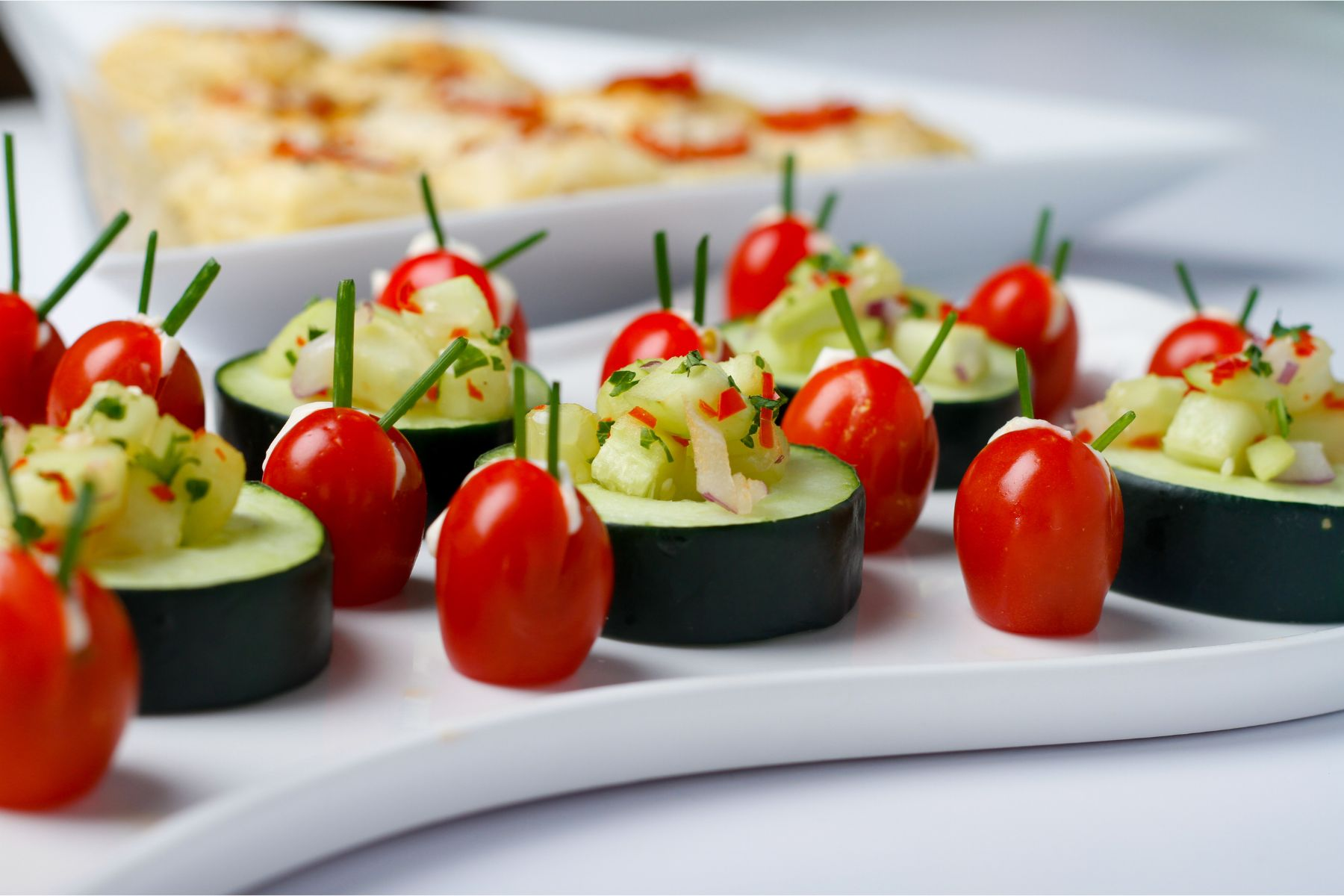
Beyond Tradition: Culinary creativity finds its true expression when chefs break free from tradition and embrace a new era of modernist plating. The juxtaposition of classic plating methods with free form plating techniques exemplifies this departure, creating a culinary landscape where the boundaries are blurred, and the imagination is set free. It's a celebration of innovation, where chefs in fine dining restaurants and home kitchens alike experiment with different shapes, bright colors, and off-center arrangements to present dishes that are not just meals but artistic expressions.
Japanese Kaiseki: Among the myriad influences on contemporary plating, Japanese Kaiseki stands out as a testament to the fusion of taste and visual appeal. Chefs draw inspiration from this culinary tradition, embracing delicate items, thoughtful presentation, and the elegant simplicity of white plates. The influence of Japanese Kaiseki extends beyond just plating techniques; it's a philosophy that underscores the importance of the diner's point of view and the creation of dishes that are not only visually pleasing but also emotionally resonant.
Traditional vs. Contemporary Plating Styles: The dichotomy between traditional and contemporary plating styles is a canvas where chefs explore the spectrum of culinary techniques. Traditional methods, often seen in classic fine dining, provide a sense of familiarity and evoke a sense of nostalgia. On the other hand, contemporary styles, rooted in the principles of modernist plating, push the boundaries, challenging preconceived notions and inviting diners to experience something new and exciting. It's a dynamic interplay between the past and the present, resulting in dishes that are a reflection of the chef's culinary journey.
Exploring Free Form Plating: Free form plating emerges as a playground for culinary experimentation, where chefs revel in the freedom to create without constraints. This avant-garde technique encourages chefs to use negative space, different shapes, and creative plating to turn each dish into a unique work of art. It's a departure from the routine, an exploration of the unexpected, and a celebration of culinary individuality. As chefs embrace free form plating, they unleash their creativity, turning simple ingredients into visually stunning and gastronomically delightful masterpieces.
Why Presentation Matters

The Impact of First Impressions: In the culinary realm, the adage "you eat with your eyes first" holds profound truth. Why presentation matters goes beyond the visual appeal—it extends to the diner's entire dining experience. The first impression of a dish, meticulously crafted through plating food techniques, sets the tone for what follows. It's not just about the taste; it's about creating a multisensory experience where the eyes anticipate the flavors to come, elevating the overall enjoyment of the meal.
Unveiling the Role of Presentation in a Chef's Career: For chefs, the importance of food presentation transcends the immediate dining experience; it is a cornerstone of their culinary careers. A well-plated dish not only showcases their technical skills but also reveals their artistic flair and attention to detail. In the competitive world of culinary arts, chefs in fine dining restaurants understand that presentation is a powerful tool that can distinguish their creations and leave a lasting impression on diners and critics alike.
The Ever-Evolving Landscape of Modernist Plating: As we navigate the ever-evolving landscape of modernist plating, the significance of presentation techniques for food becomes more apparent. It's not merely about arranging ingredients on a plate; it's a dynamic interplay of color, texture, and arrangement techniques that transform a dish into a visual masterpiece. Chefs adept in plating skills understand that every element, from the choice of plate to the meticulous garnishing techniques, contributes to the overall presentation, creating an unforgettable dining experience.
8 Tips for Mastering Modernist Plating
-
Start with the Right Plate: The foundation of modernist plating begins with the selection of the right plate. Consider the plate size, as it influences portion size and overall aesthetic impact. Whether opting for classic white plates or experimenting with different shapes, the choice of the plate sets the stage for the culinary presentation.
-
Center the Main Ingredient: Make the main ingredient the star of the show by strategically placing it at the center of the plate. This technique, rooted in food arrangement methods, draws attention to the focal point of the dish and guides the diner's focus.
-
Concentrate on Color: Brightly colored foods are not only visually appealing but also contribute to the overall aesthetic of the dish. Experiment with a palette of vibrant hues to create visual interest and contrast on the plate.
-
Garnish with Purpose: Garnishing is more than a finishing touch—it's an opportunity to enhance the dish's visual appeal. Utilize edible flowers, chopped herbs, and other elements as garnishes to add layers of flavor and elevate the overall presentation.
-
Drizzle Artfully: To sauce or not to sauce is a question of balance. When opting for sauces, use squeeze bottles to drizzle artfully on the plate. The controlled application adds both flavor and visual charm to the dish.
-
Texture Matters: Consider the texture of each element on the plate. Experiment with different textures to create a sensory experience for the diner. From the crunch of garnishes to the tenderness of the main item, texture plays a pivotal role in modernist plating.
-
Wipe the Edges: Attention to detail extends to the edges of the plate. Wipe any stray sauce or food particles from the edges to create a clean and polished presentation. This small gesture contributes to the overall visual appeal.
-
Experiment with Heights: Add visual interest by experimenting with layers and heights. Use supporting elements to create dimension on the plate, guiding the diner's eye and enhancing the overall aesthetic of the dish.
In mastering modernist plating, these tips encapsulate the essence of contemporary culinary artistry. From the initial choice of the plate to the final wipe of the edges, each step contributes to the creation of visually stunning and gastronomically delightful masterpieces.
Conclusion
In the rich tapestry of culinary arts, modernist plating emerges as a vibrant thread, weaving together innovation, tradition, and a symphony of flavors. As we conclude our exploration, the plate stands not just as a vessel for food but as a canvas for culinary artistry. Each dish becomes a visual poem, a testament to the chef's creativity and precision.
In the world of modernist plating, presentation is not a mere formality; it's the opening act of a sensory journey. The interplay of colors, textures, and techniques transforms dining into an immersive experience, where every dish tells a story, and every bite is a revelation.
For those eager to dive deeper into the realm of modernist plating, an exciting opportunity awaits. Join Master Chef Rich Rosendale in our upcoming "Modernist Plating & Technique" workshop. Uncover the secrets, refine your skills, and embark on a culinary adventure where the plate becomes your canvas, and innovation knows no bounds. Elevate your craft and join us in the artistry of modernist plating.


